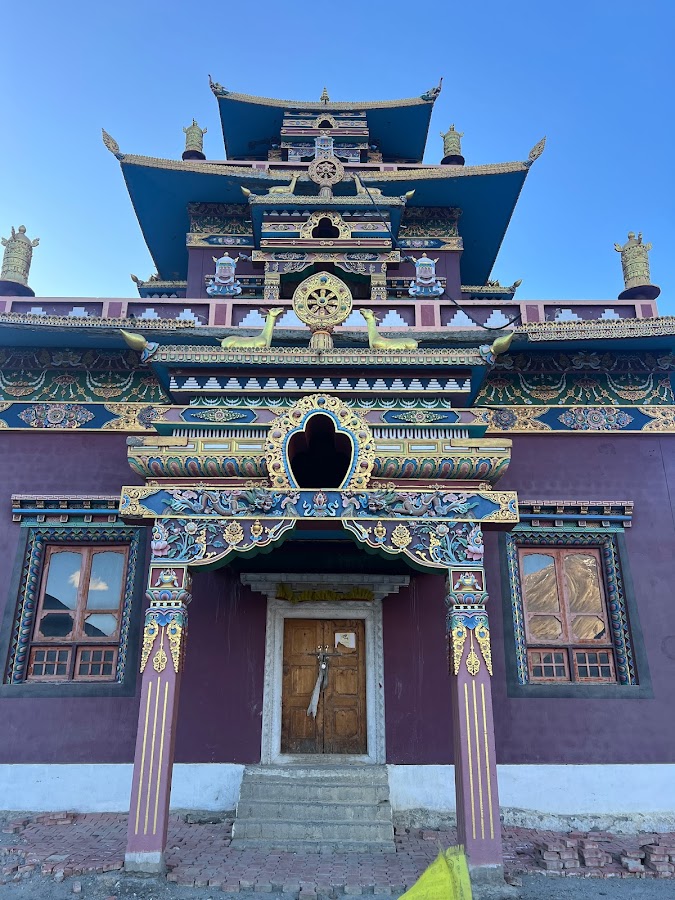
Giue Mummy
Spiti Valley, India
- Explore the Giue village
- Learn about the mummification process
- Photography of the mummy and surroundings
- Visit the Giue Mummy temple
Known for:
Description:
The Giue Mummy is a fascinating and somewhat eerie attraction located in the remote village of Giue in Spiti Valley. It's a naturally mummified body of a Buddhist monk, believed to be Sangha Tenzin, dating back over 500 years. The mummy is remarkably well-preserved, with skin and hair still intact. It's housed in a small, simple temple built specifically to protect it. Visiting the Giue Mummy offers a unique glimpse into the region's rich Buddhist history and the mysteries of natural mummification. The remote location adds to the allure, making it a worthwhile detour for those exploring the Spiti Valley. The village itself is small and peaceful, providing a serene backdrop for this unusual historical site.
History:
The Giue Mummy is believed to be that of a Buddhist monk named Sangha Tenzin, who lived around the 15th century. Legend says that Sangha Tenzin requested to be mummified while alive, as a way to rid the village of a scorpion infestation. The process is believed to have involved a natural mummification technique, where the monk gradually deprived himself of food and water before entering a meditative state inside a tomb. No embalming was used. The mummy was discovered in 1975 after an earthquake exposed its tomb. Initially, the discovery was met with disbelief and skepticism. However, carbon dating confirmed its age, cementing its place as a remarkable historical artifact and a testament to the unique spiritual practices of the region.